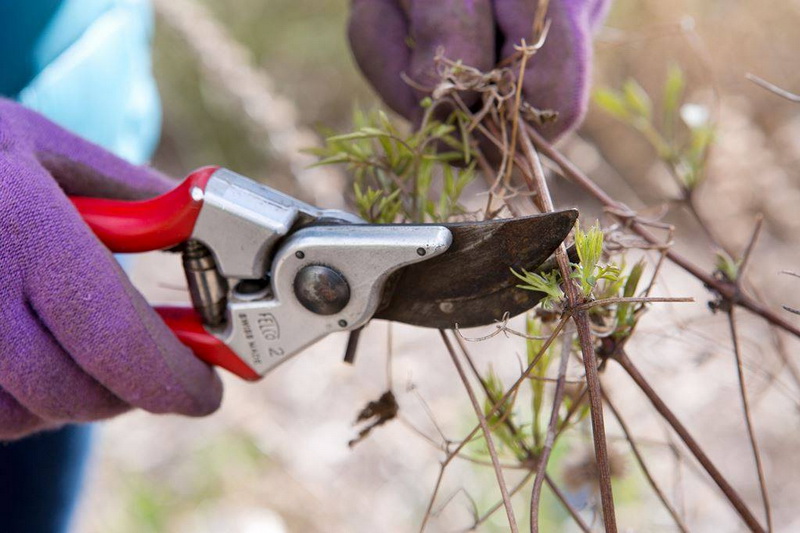The beginner gardeners are sure that winter is the laziest season and there is nothing to do in your garden. Yet, their experienced colleagues know that the cold and snowy weather is the best time for pruning plants. It’s the process of removing branches from trees and shrubs. It’s made in order not only to get rid of unwanted twigs but also to improve the structure of the plants and facilitate the healthy growth of new spurs.
There are many reasons why pruning your plants is a good idea. The main of them are:
- Your backyard or garden looks more appealing. The unwanted sticks aren’t attractive. By deleting extra elements, you can correct the shape of trees and shrubs and create an awesome outdoor design;
- It’s the best way to get rid of the shade. If you want to grow fruit, berries, and vegetables, you need a lot of sunlight. Too dense crown prevents the distribution of light;
- Heavy branches are a potential threat to your property. They can fall on the roof of the house or garage, damage your car. It’s better to get rid of them;
- Your plants become healthier and stronger.
Yet, pruning is not an easy process. It’s not enough just to cut the unwanted parts. The wrong choice of the twigs may hurt the tree. That’s why it’s important to follow definite rules when pruning greenery in winter.
The first thing to do is to pick up the proper time. In winter, the plants are dormant. It’s the perfect period for any changes in their structure. The rainy weather is not the best choice for gardening. It’s better to work on the mild, dry days. Moreover, it’s important to remember that there is a range of plants you don’t need to prune in winter. The list of them includes maples, elms, birches, dogwoods, and walnuts.
The next important point is the order of cutting the spurs. In the first place, you should remove all broken, diseased or dead wood no matter where it is situated. After it, you can remove unwanted lower branches. Also, it’s necessary to get rid of rubbing and crossing limbs. If you don’t do it, they will form weak units in the canopy. The total amount of the deleted branches should be no more than 25-30% of the canopy.
How to Remove Limbs
There are many various techniques you can use when pruning your plants. One of the easiest and most effective is the three-cut method. The first step is to identify the branch collar and make the initial cut. The next step is to complete the first cut and remove the greater part of the branch. The last step is to delete the remaining stub from the stem.
You need to use special tools to make the process of pruning smooth and easy. The list of them includes secateurs, long pruners, handsaw, knife, and hedge shears. It’s important to remember about personal protection. In conclusion, it should be noticed that pruning is an important and necessary element when it comes to gardening. Thanks to it your plants look and feel better.
